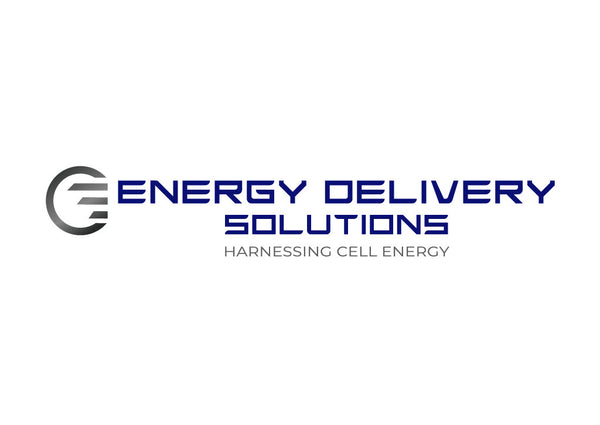PUBLICATIONS ON LIPOSOMAL ATP AND HEMORRHAGIC SHOCK
-
Improved Post-Resuscitation Survival Time with Adjuvant Cytosolic Energy Replenishment in a Murine Model of Hemorrhagic Refractory Shock
Link to Research Gate Article (Public)OBJECTIVE: A refractory hemorrhagic hypovolemic shock (HS) resuscitation is challenging. HS is associated with profound depletions of cellular energy nucleotides that can cause death from a cardio-circulatory arrest. To prevent an imminent cardio-circulatory arrest, vasopressors, commonly norepinephrine is usually temporarily administered to manage a persistent hypotension that is not corrected by aggressive resuscitation efforts. The objective of this study is to determine the post-resuscitation survival time after adjuvant resuscitations of a refractory HS with norepinephrine, vasopressin or direct cytosolic energy (adenosine-5`-triphosphate, ATP) replenishment using lipid vesicles encapsulating ATP (ATPv).
METHODS: 50 male Sprague-Dawley rats were randomized to 5 groups of 10 each: HS/conventional resuscitation (CR), HS/CR+Norepinephrine, HS/CR+Vasopressin, HS/CR+Vesicles, and HS/CR+ATPv. (HS=initial removal of 30% of the calculated blood volume, a 60 min hypotensive phase, and a subsequent transection of the spleen for uncontrolled haemorrhage until persistent shock index (SI)>5 and mean arterial pressure (MAP)<35 mmHg were achieved; CR=shed blood returned+double the shed blood volume as lactated Ringer's solution). Direct cytosolic ATP replenishment was accomplished with ATPv, which are highly fusogenic lipid vesicles encapsulating ATP. Fusion of the ATPv with the cell membrane on contact, allows for direct cytosolic ATP delivery. We determined the post-resuscitation survival time as the end-point of the study.
RESULTS: All animals displayed the same class of shock as demonstrated by the SI and MAP. Median post-resuscitation survival times (computed by the Kaplan-Meier survival curves and the long-rank Mantel-Cox test) were as follows: HS/CR=35.5 min; HS/CR+Norepinephrine=38.5 min; HS/CR+Vasopressin=20 min; HS/CR+Lipid Vesicles control=88.5 min; and HS/CR+ATPv=158.5 min (p<0.001).
CONCLUSION: The replenishment of the depleted cellular cytosolic energy stores in a refractory haemorrhagic hypotensive shock prolongs post-resuscitation survival time and delays cardio-circulatory arrest. This buys time for the initiation of definitive resuscitation protocols. Cellular energy failure appears to contribute to the pathogenesis of shock refractoriness to resuscitation efforts. The temporary administration of vasopressors for pressure-support resuscitation of a refractory haemorrhagic hypovolemic shock exerts no survival benefits.
El Rasheid Zakaria 1*, Bellal Joseph 1, Faisal S Jehan 1, Muhammad Khan 1, Abdelrahman Algamal 2, Faheem Sartaj 2, Muhammad Jaffar Khan 3 and Rajvir Singh 3
1. Division of Trauma, Critical Care, Burns & Emergency Surgery, The University of Arizona, Tucson, AZ 85721, USA
2. Biomedical Research Center & College of Arts and Health Sciences, Qatar University, P.O. Box 2713, Doha, Qatar
3. Hamad Medical Corporation, P.O. Box 3050, Doha, Qatar
*Corresponding author: El Rasheid Zakaria, Division of Trauma, Critical Care, Burns & Emergency Surgery, The University of Arizona, Tucson, AZ 85721, USA, Tel:
+520 626-9010; Fax: +520 626 5016; E-mail: drelzak@surgery.arizona.edu
Received Date: Sep 26, 2017; Accepted Date: Nov 16, 2017; Published Date: Nov 20, 2017
Copyright: ©2017 Zakaria ER, et al. This is an open-access article distributed under the terms of the Creative Commons Attribution License, which permits unrestricted use, distribution, and reproduction in any medium, provided the original author and source are credited
